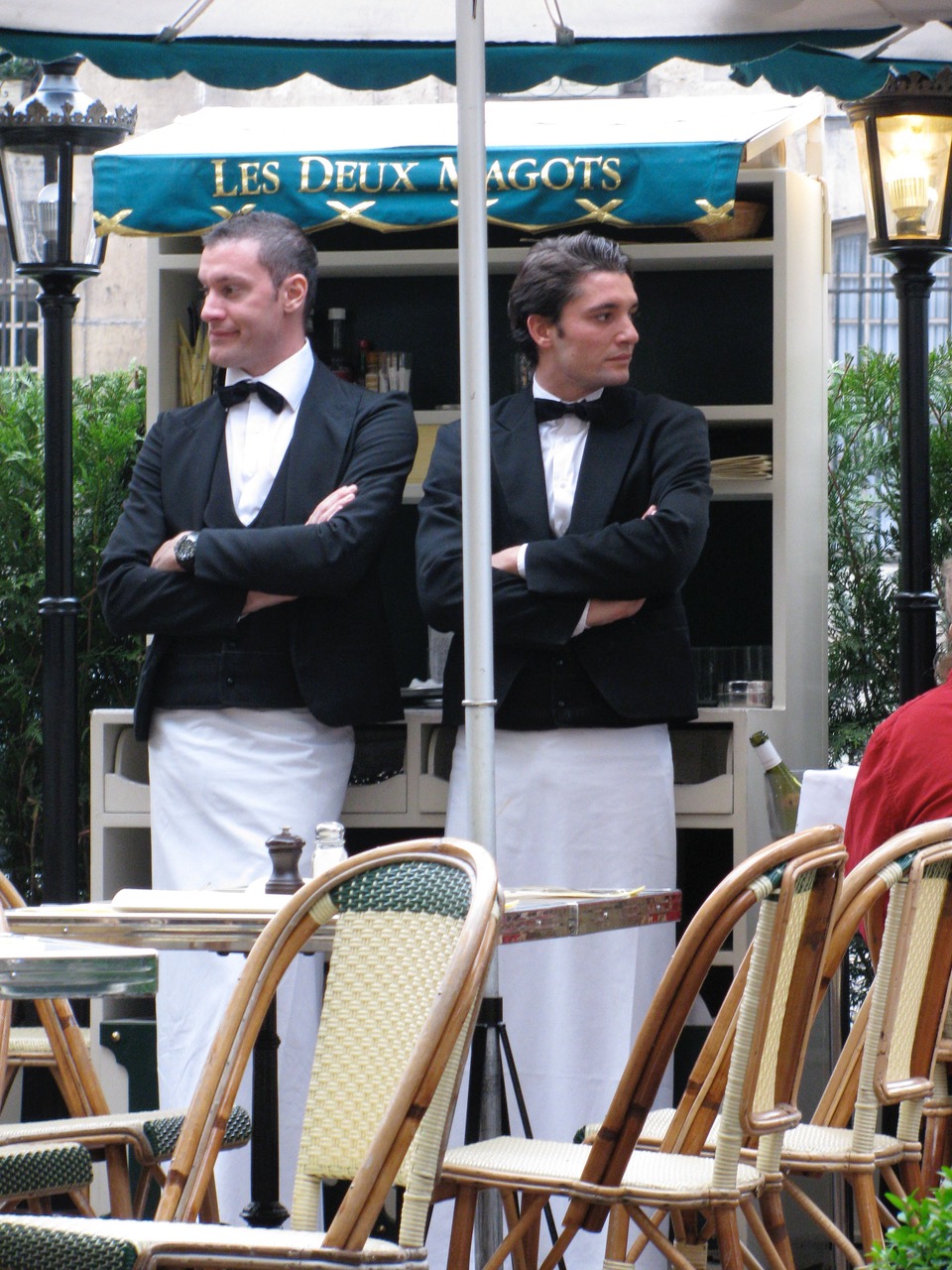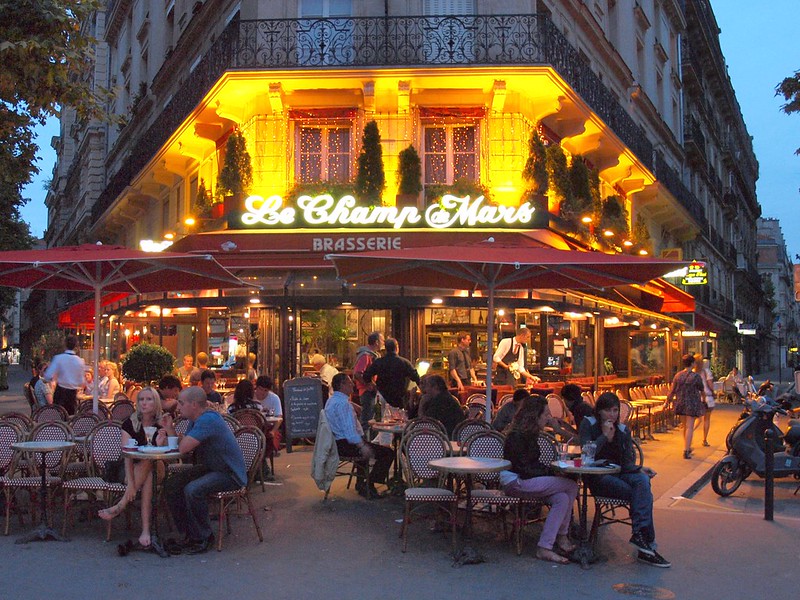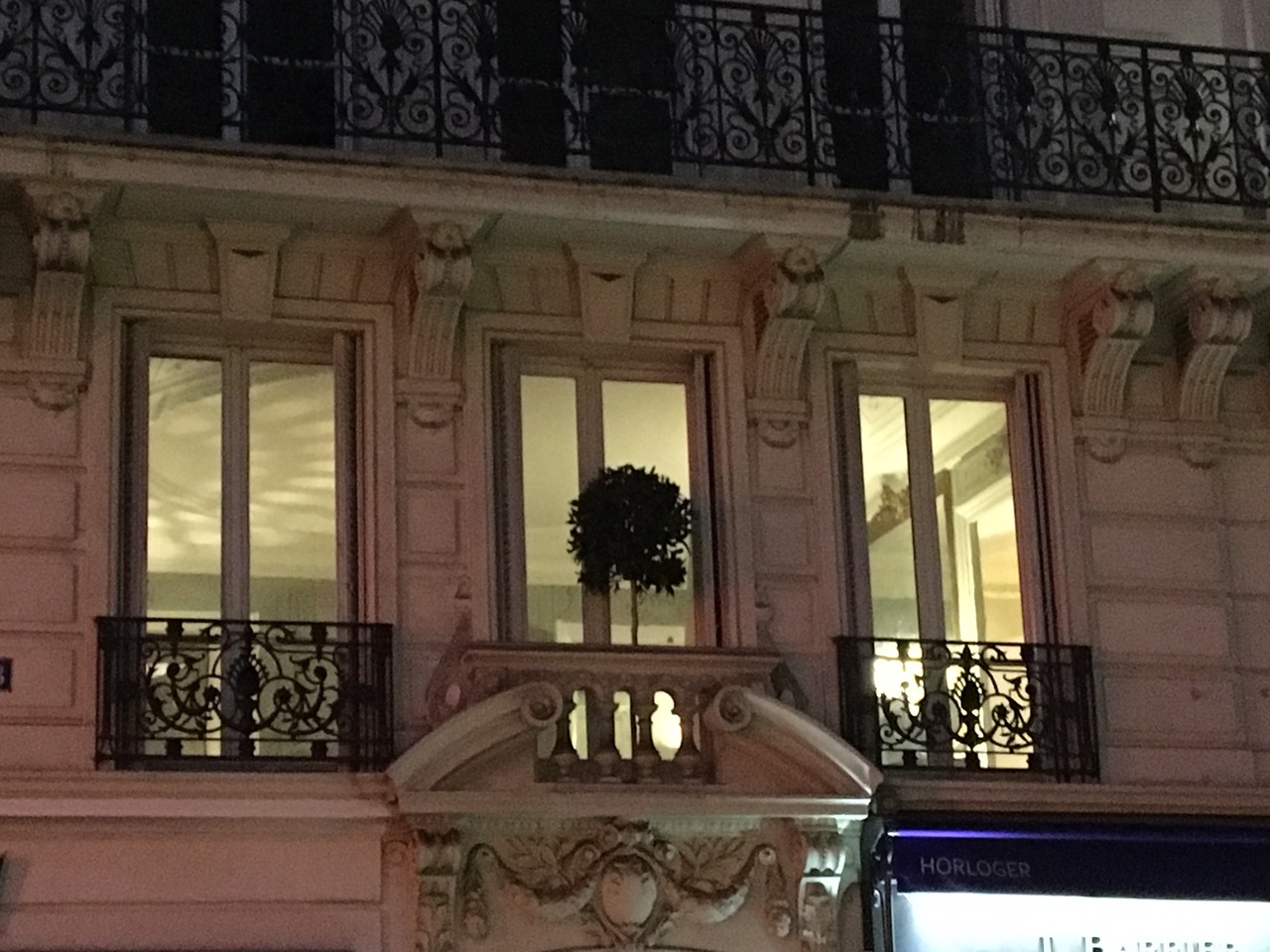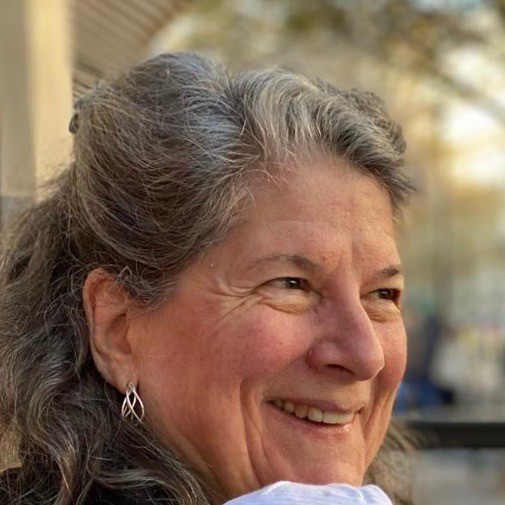Paris Is a Woman’s City: An Essay
From a seat at any Paris café I am routinely amused by passing tourist couples, the woman inevitably and enthusiastically in the lead, guidebook and notes clutched to her breast, while a somewhat diffident man trails behind her, pretending to puzzle a map while longingly eyeing café chairs from the point of view of his sore feet.
In 1929, Helen Josephy and Mary Margaret McBride published a book titled Paris is a Woman’s Town, meant to reassure female travelers that a good time there was not only possible without a man, but safe and full of delights. For example, not to miss out on dancing opportunities everywhere, women could hire gigolos or escorts, considered an entirely legitimate profession for men of good looks and character but lesser fortunes. Andrea Weiss’s 1995 book, Paris Was a Woman, Portraits from the Left Bank, offers a compendium of the creative and adventurous lives led by notable women who, after World War I, made Paris’ Rive Gauche their home. The first of these books immerses a reader in the established and traditionally feminine pleasures of the era that attracted women to Paris: designers, dancing, art, and cafés. The second book explores the more bohemian attractions of Paris for creative women chafing at the constraints society placed on women everywhere before World War I. Both accounts offer substantial, if anecdotal, support to my long-held conviction that Paris is a woman’s city.
So what is it, enfin, that makes Paris a woman’s city? It is a city intime, but large in its breadth of heart and history. Thanks to the artistic vision of a baron 150 years ago, its dimensions are graceful, elegant, and strictly limited in height, imposed with the same late 19th-century determination it took to maintain an 18-inch waist. The mysteries of Paris reveal themselves to serious suitors, eschewing aggression for patient discovery. It is here that the flâneur was born and thrives, more art than pastime. Even its river, the Seine, flows along curvaceous banks bearing unhurried cruises that slide under the city’s unique and beautiful bridges. The allure of Paris is its invitation to unwrap its stories and mysteries, preserved with a curator’s patience and skill.

Waiters at Les Deux Magots in Paris. Photo credit: Sarah Vaughan
The city beckons and flirts with wine and food, Parisian foreplay. Even a small café espresso offers the opportunity to linger, as long as you wish, watching, reflecting, lost in thought or amused by the ever-passing parade. It would be simply crass to interrupt such pleasure with an unrequested bill. Conversation in cafés bubbles like sparkling wine, sometimes witty, newsy, intimate. Terrasse interactions are imbued with charm under the gaze of well-turned-out waiters, trusted guardians of French decorum. Dotted among the tables, French men in pink or lavender shirts enjoy the admiration in our eyes.

Brasserie Le Champ de Mars in Paris. Photo credit: zoetnet/ Flickr
If there is power in Paris, it is the art of allure, be it in food, perfume, style, or simply in one’s demeanor. Things that draw the eye, and urge it to linger, must be enjoyed. The scent of imagination, in itself intoxicating, trails along cobblestones. Along the boulevards and streets, buildings in blonde Lutetian limestone with fine architectural lines make any stroll a visual pleasure. Delicate, wrought-iron railings grace elegant windows, like the fine black lashes on a fashionable woman’s lowered gaze. Laws ensure these honeyed façades are carefully maintained and restored at regular intervals, with the comparable care taken by any beautiful woman of her face.
Paris has always had good bones, with a pedigree dating to Roman planning, elegantly developed over centuries by a succession of aristocrats and kings. Queen Marie de Medici laid out the Jardin du Luxembourg in the 17th century, still a delight to young and old, chess and tennis players, and those enjoying a shady stroll or a game of boules under ancient chestnut trees. The grand intellectual gatherings of the 18th century were created by extraordinary women, in sumptuous salons, eventually giving way to grittier Revolutionary times.

View of the Sacré-Cœur Basilica in Paris. Photo credit: Sarah Vaughan
However, the city was soon reclaimed by those in silks with royal ambitions. Louis-Napoléon Bonaparte recognized that a neglected, medieval Paris hid her slums along narrow, unventilated, 19th-century streets, while industry and new transport demands tore at her body and coal fires darkened her façades. He appointed Baron Haussmann to take her in hand, and Haussmann honored the fine bones of the city. With the hand of a disciplined couturier, he began to drape her in elegant materials and expansive avenues, relieving her density, and redressing neglect with a fierce commitment to beauty: buildings, boulevards, and places shaded by lacy trees, ensured ample space for promenades, and the social pleasures of her cafés and terrasses. Wallace fountains offered pedestrians refreshing flowing water, while Gabriel Morris created the iconic columns doing away with untidy advertising on every city surface. The elegant, green Morris Columns still display posters of the art, cinema, photography, music, and theater that is the intellectual jewelry of Paris. By 1850, the neglected woman of Paris had re-emerged, by design, an extraordinary beauty, in whose company so many continue to dream of spending time.

Paris. Photo credit: Sarah Vaughan
Small shops are a special delight, their inviting vitrines changing often, and their propriétaires rarely. The 18th-century Passages Couverts of Paris are a flâneur’s terroir: mosaic floors, fish-bone glass roofs, exquisite tea shops, ateliers for fine crafts and vitrines that feature rare books; restored, 19th-century violins; and Art Deco furniture. I can find a hat in May for Roland Garros where the propriétaire offers practical and stylish advice specific to your seat location at the tennis venue, alongside a workshop where caned chairs are deftly rewoven for local cafés. On July 14th, France’s national day, divinely handsome pompiers invite neighbors in to dance at their traditional balls. And during the annual Nuits Blanches, Paris throws open to her people every art museum, monument, and impressive government and university building to be enjoyed like a festive citywide salon. The city and all its pleasures are there to be savored, at leisure, like lovers lost to time.
If only to contrast this rare and exquisite woman of a city, I offer the experience of life in another beloved and stunning city – New York – immense and so male in nature, its sheer energy rumbling from subways to steel glass towers, its presence almost overpowering the people in its shadows. The city is testosterone-laden in its demands of residents: keep up, compete, survive. If you do, you thrive, and are proud of this single accomplishment among the world’s latest and best. Life in New York is indeed like a ride, the spinning of a fabulous fairground carousel. It takes critical skills just to leap onto the speeding wheel, and then to grab a steed and hang on for the ride of your life. Such is the dangerous speed of life in New York, and yet if you succeed, the ride is one of life’s greatest thrills.

New York City. Photo credit: Sarah Vaughan
New York is riven by deep canyons, along which flow fast-changing immigrant histories. The sidewalks seethe with people the way a river boils as it approaches rapids, eyes and minds taking in what they can before looking upward for relief. New York has its own astonishing and lovely buildings, many Art Deco treasures or stalwart stone buildings of the Depression. The lobby of the Empire State Building is one of those Art Deco treasures, finished in 1931, and yet its creation came about as a competitive response to Chrysler’s slightly lower, but lovely skyscraper, groundbreaking when it was launched in 1930.
Unfortunately, the city’s impressive architecture hasn’t left adequate room for admiration at leisure. Indeed, nothing in New York is done at leisure. Rather than cafés, food carts hug the curbs, disgorging food to go as people pass, in a hurry to somewhere else. Needle-like glass constructions populate spare lots and limit the sky, like so many steel stalactites, prioritizing implied power over pleasure for the people who must live in their shadows. Perhaps the DNA of this remarkable city is inherent to its origins, the 1626 “acquisition” of Manhattan by the Dutch from Native Americans, and its subsequent 1674 trade by the Dutch to the English forces in a wartime deal, marked by thrusting colonial power and greed.

Ariel photo of New York City. © Unsplash, Carl Solder
In contrast to Paris, a captivating city which demands to be savored like an afternoon affair, New York is a sexually aggressive experience, its size and concentrated power impressing rather than inviting, its rhythms dominated by speed and driving toward pinnacles of success. Certainly, the city has its secrets and its stories, but only for those who can navigate its roiling currents to dig them out from its dark, metamorphic soul. If Paris is a beautiful woman embodying the art of allure, New York is a pair of lovers in muscular thrall to lust. Again and again. A wild and exhausting ride on a stunning carousel, and oh so male in its embrace.

New York City. Photo credit: Sarah Vaughan
I was drawn to New York when I was young, its intoxicating energy, the bests of the best, its historical neighborhoods, glittering nightlife and hotels, raucous delis, and infinite cacophony of ideas and communication. Even my eventual leaving the city couldn’t break the embrace, for which I regularly return like a migrating and lustful bird. But my heart and mind are settled in Paris, where days and discovery unfold at the gentle pace of a flâneur, and where the soul is warmly embraced by the sheer pleasures of being alive.

Paris windows. Photo credit: Sarah Vaughan
Lead photo credit : Paris cafe terrace. Photo credit: zoetnet/ Flickr
More in french women, Paris history, women, women travelers






REPLY